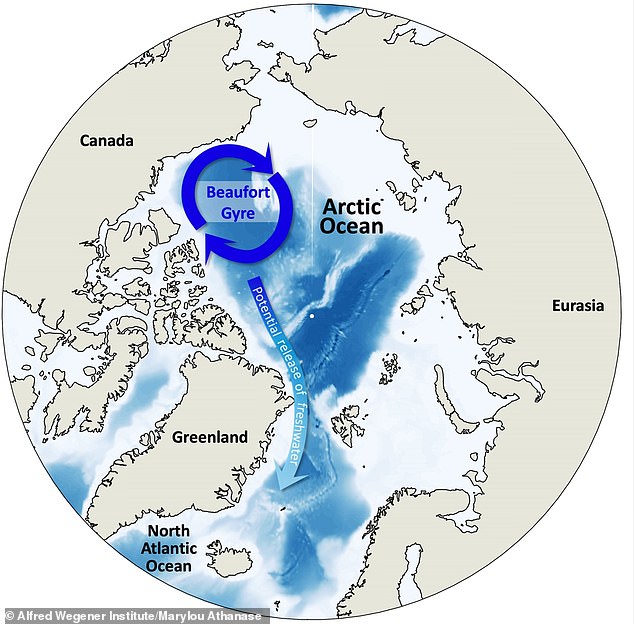
Climate Change Could Trigger Key Ocean Current Collapse by Century’s End, Scientists Warn
Arctic Ice Melt Could Trigger Ocean Current Collapse, Study Warns
The 2004 film The Day After Tomorrow depicts a catastrophic climate shift where collapsing ocean currents plunge the Northern Hemisphere into an ice age. While fictional, scientists warn that the scenario—though exaggerated—could hold a kernel of truth. A new study reveals that rapid Arctic ice melt may destabilize the Atlantic Meridional Overturning Circulation (AMOC), Earth’s critical ocean “conveyor belt” that regulates global climate.
The AMOC’s Vital Role
The AMOC transports warm tropical waters northward, moderating temperatures in Europe, the UK, and the U.S. East Coast. If it weakens or collapses, these regions could face abrupt cooling, harsher winters, and intensified storms. Dr. Céline Heuzé, a climatologist at the University of Gothenburg and study co-author, calls the uncertainty around AMOC’s future “scary,” as its collapse would reshape climates worldwide.
The Beaufort Gyre: A Freshwater Time Bomb
Central to the study is the Beaufort Gyre, a massive Arctic Ocean current that stores vast amounts of freshwater. Historically, sea ice acted as a lid, stabilizing the gyre. But as warming melts this ice, winds increasingly churn the ocean, threatening to release trapped freshwater into the North Atlantic.

The Beaufort Gyre’s freshwater release could disrupt the AMOC, scientists warn.
“Without sea ice, the atmosphere can drag the ocean around,” explains Dr. Heuzé. If the gyre weakens, its freshwater could flood the North Atlantic, diluting saltwater density—a key driver of the AMOC. While the exact impact remains unclear, models suggest this could push the AMOC toward collapse by century’s end, especially under high emissions scenarios.
A Chilling Reality Check
AMOC collapse would plunge northwest Europe into climates resembling Arctic Canada, with temperatures dropping several degrees. Coastal regions could see sea levels rise by up to 20 inches as water piles up without the current’s redistributive force. “The climate of northwest Europe would be unrecognizable,” warns Prof. Jonathan Bamber of the University of Bristol.

The AMOC’s surface (solid) and deep (dashed) currents regulate global heat distribution.
Hollywood vs. Science
While The Day After Tomorrow condenses AMOC collapse into days, real-world shifts would unfold over decades. However, historical data from Greenland ice cores confirm past AMOC shutdowns caused abrupt regional cooling. Today, the current is already slowing, with some studies suggesting a collapse could occur within decades.

The film dramatizes AMOC collapse, but real impacts would still be severe.
Urgent Unknowns
Researchers stress the need to understand how Arctic changes cascade globally. “Future gyre shifts could have implications far beyond the Arctic,” says lead author Dr. Marylou Athanase. With the AMOC’s “engine” near Greenland already strained by meltwater, the study underscores the urgency of curbing emissions to avoid irreversible tipping points.
In summary, while an overnight ice age remains sci-fi, the destabilization of ocean currents poses a tangible—and chilling—threat to global climate stability.


